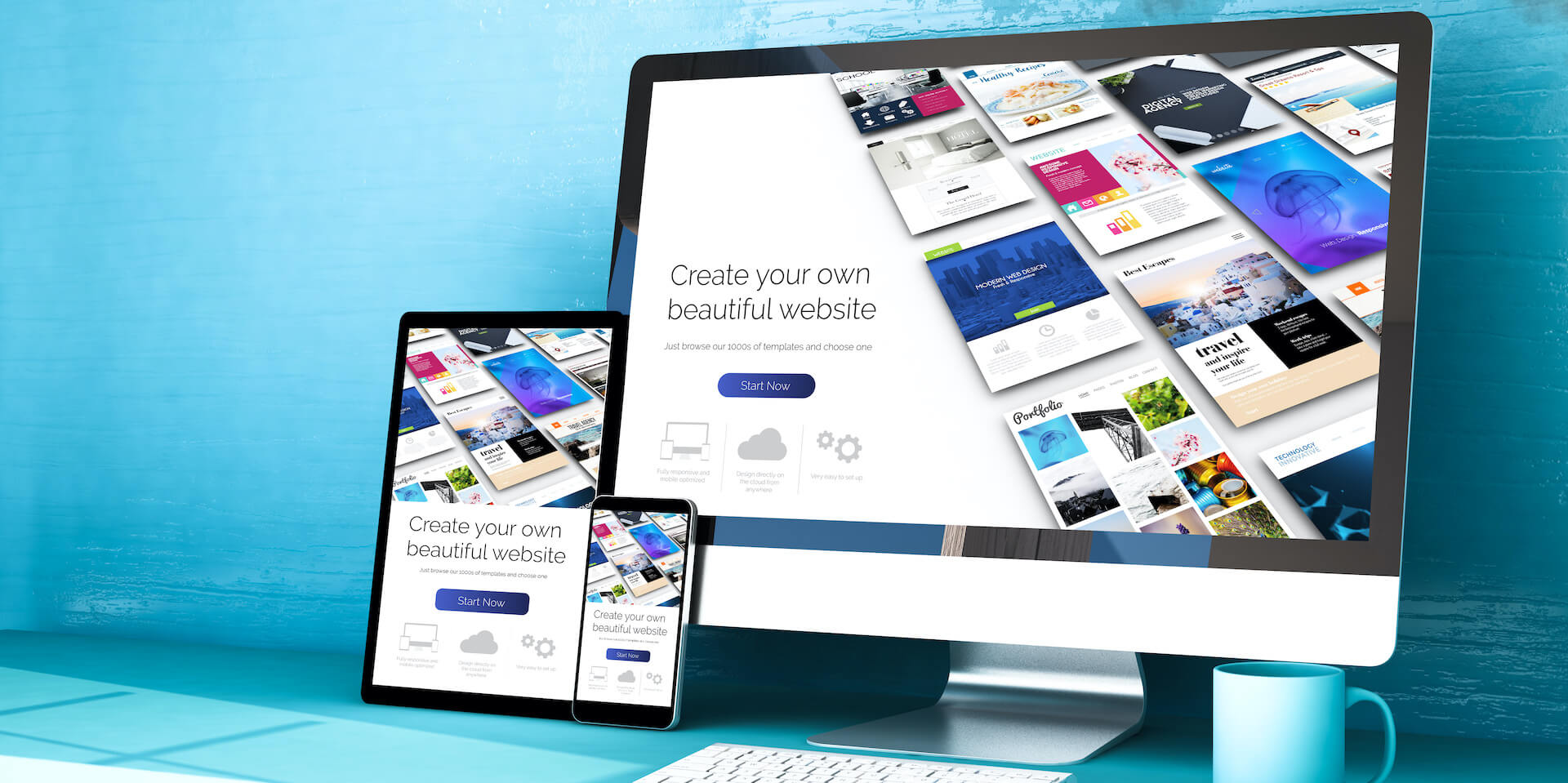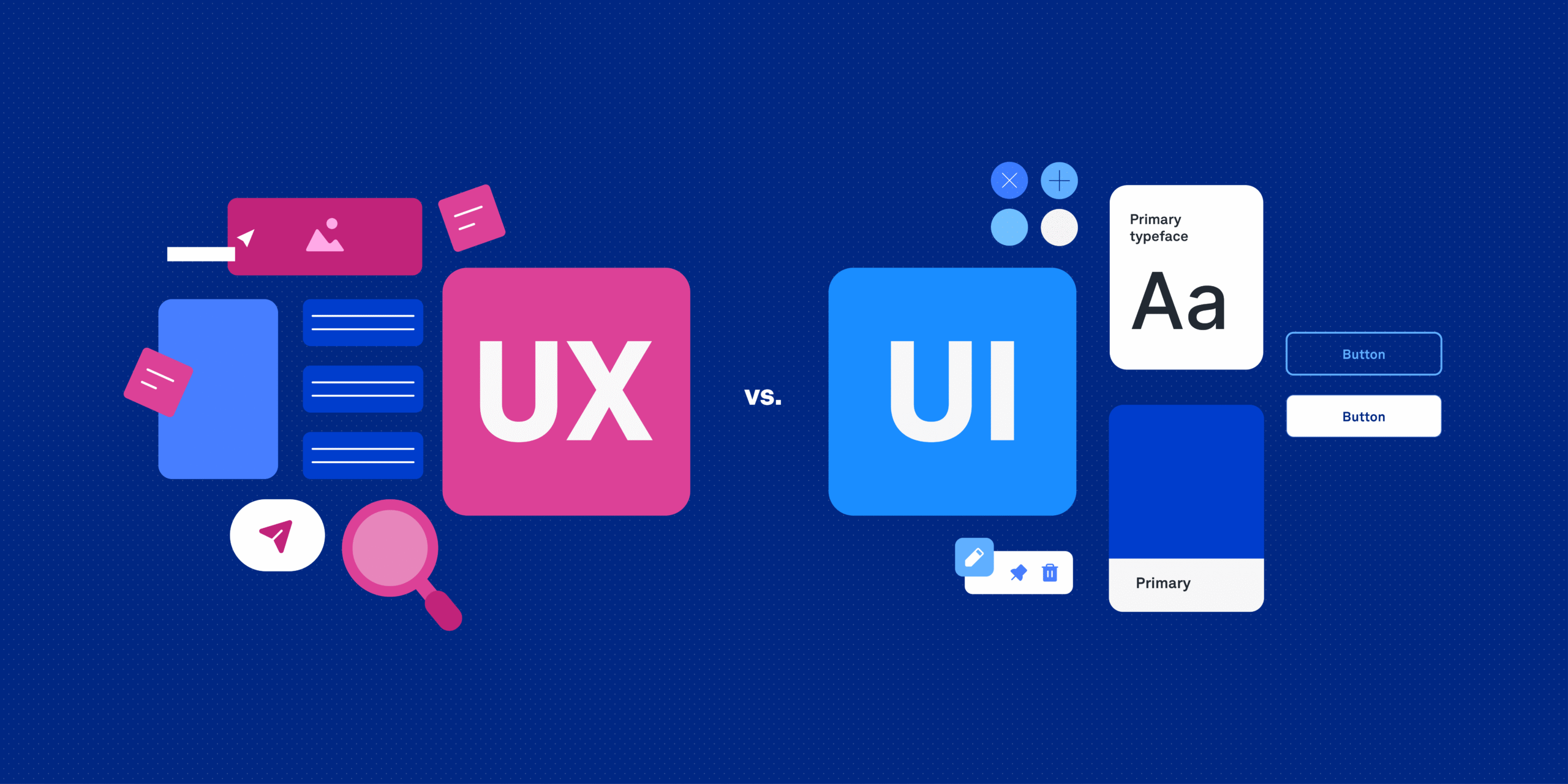Content marketing is more than just publishing articles or blog posts. At its core, it’s about creating meaningful, helpful, and relevant content that speaks directly to your audience — whether you’re introducing your brand, sparking interest in your industry, or gently guiding readers toward your products or services.
But there’s a critical companion in this effort that often goes unnoticed: web design.
Yes, the way your website looks and feels can significantly shape how your content performs. Marketers know this well — and they track the impact through metrics like Marketing Qualified Leads (MQLs), traffic numbers, lead value, and the cost per lead. In this blog, let’s explore how content and design are intertwined, and why a beautifully crafted site can be the silent hero behind your content’s success.
The Overlooked Influence of Design on Content
Even the most SEO-optimized blog post, with perfect keyword placement and valuable insight, can fall flat if it lives on a poorly designed website. Why? Because design is the first impression. It frames the user experience and sets the tone for everything that follows.
A strong, responsive design not only showcases your content — it elevates it. Without it, even your best articles can feel buried, unreadable, or worse — untrustworthy. Visitors might bounce before they even give your words a chance.
Design Shapes the Experience
When someone visits your website, the design quietly guides them. Clean layouts, intuitive navigation, and mobile responsiveness make it easy for readers to explore. A logical menu and well-organized pages mean your audience doesn’t have to hunt for information — they find what they need, when they need it.
This smooth experience encourages visitors to stick around. They read more, click more, and engage more. That’s where content marketing truly begins to shine.
Great Design Helps Content Breathe
Think about how overwhelming a wall of text can be. Now imagine that same content broken into readable chunks, supported by white space, smart typography, and visual cues that gently guide the eye. That’s what good design does.
It gives each paragraph room to breathe. It turns your ideas into digestible, attractive sections. And when done right, it invites readers to linger, reflect, and engage — not just scroll.
Consistency Builds Trust
Users form opinions about your website within 0.05 seconds. That’s barely the blink of an eye. So, how do you make those moments count? Through consistency — in both design and content.
Brand colours, fonts, spacing, and layout should remain consistent across all pages. This visual harmony creates a sense of reliability. It tells visitors, “We’ve got our act together.” And in a world where trust is currency, that matters.
First Impressions Matter — A Lot
We all judge books by their covers, and websites are no different. If your site looks cluttered, outdated, or confusing, your content might never even get a fair shot. On the other hand, a clean, modern design that aligns with your brand tells visitors that you’re professional, credible, and worth their time.
Load speed also plays a role here. A well-designed site loads quickly, which boosts not only user satisfaction but also your search rankings. Pair this with smartly placed call-to-action buttons (CTAs), and you create a seamless path from curiosity to conversion.
Readability Is Non-Negotiable
Your content might be rich and insightful — but is it easy to read? Typography and colour choices can make or break your message. Fonts that are too small or colours that strain the eyes can turn visitors away before they’ve had a chance to absorb your message.
Good design ensures your content is visually inviting and easy to consume. It sets the stage for real engagement and, ultimately, better ROI.





